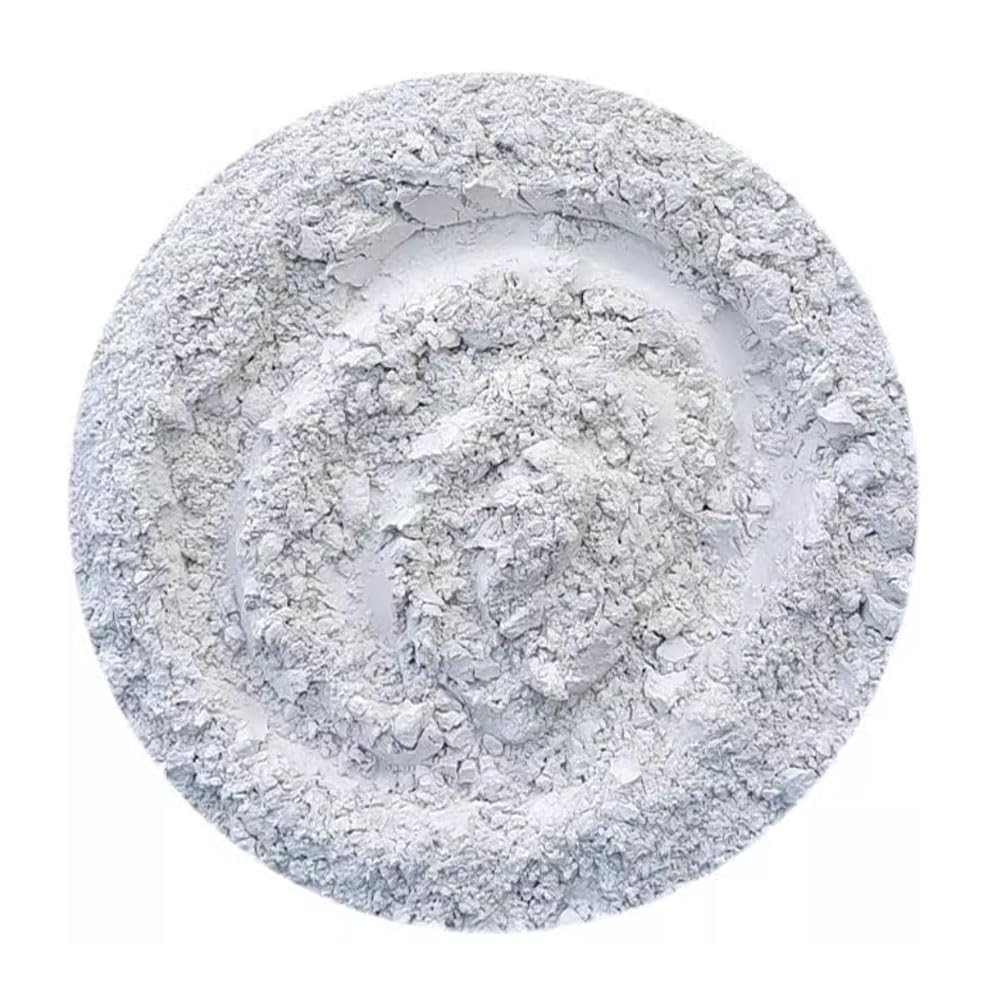What is the difference between slag powder and fly ash?

Since the Germans discovered the potential activity of water-quenched granulated blast furnace slag in 1862, slag has long been used as a cement admixture. Slag powder is a powder material made by grinding granulated blast furnace slag to a specified fineness. Granulated blast furnace slag is formed by rapidly cooling molten blast furnace slag with water or air to form fine particles. Therefore, slag is divided into water-quenched slag and gas-quenched slag. Slag contains a high content of CaO. After water quenching, granulated blast furnace slag is mostly amorphous and has a glassy structure. This glassy structure has high crystallization energy and is highly active.
Water-quenched slag can also be divided into acidic slag and alkaline slag based on its composition. Alkaline slag is more active than acidic slag. The Al2O3 content in slag is also a key indicator of slag activity; the higher the Al2O3 content, the higher the slag activity. So, what is the difference between slag powder and fly ash? Today, Pacific editors will explain.
1. Different Sources
Fly ash is obtained from the dust collection process of flue gas emitted by thermal power plants. Ground ore powder, on the other hand, is an ultra-fine powder obtained by quenching (granulating) molten slag from ironmaking blast furnaces, followed by drying and grinding.
2. Different Chemical Compositions
Generally, fly ash contains high levels of SiO2 and Al2O3, but very low levels of CaO (only 1%-5%). Ground ore powder has a chemical composition very similar to that of ordinary Portland cement, with a CaO content of 30%-42%, SiO2 of 35%-38%, Al2O3 of 10%-18%, and MgO of 5%-14%.
3. Different Hydration Activities of the Two
Fly ash does not have its own hydration and hardening properties and can only develop strength with the help of an active activator (such as Portland cement). Finely ground mineral powder, on the other hand, does have its own hydration and hardening properties and can hydrate and harden itself after mixing with water. Its activity is further enhanced when activated by Portland cement.
4. Different Allowable Contents of the Two
The allowable content of fly ash in cement is 20%-40%, but the maximum content in concrete is generally no more than 35%. The allowable content of finely ground mineral powder in cement or concrete can range from 20%-70%. Some European countries even allow up to 85%.
